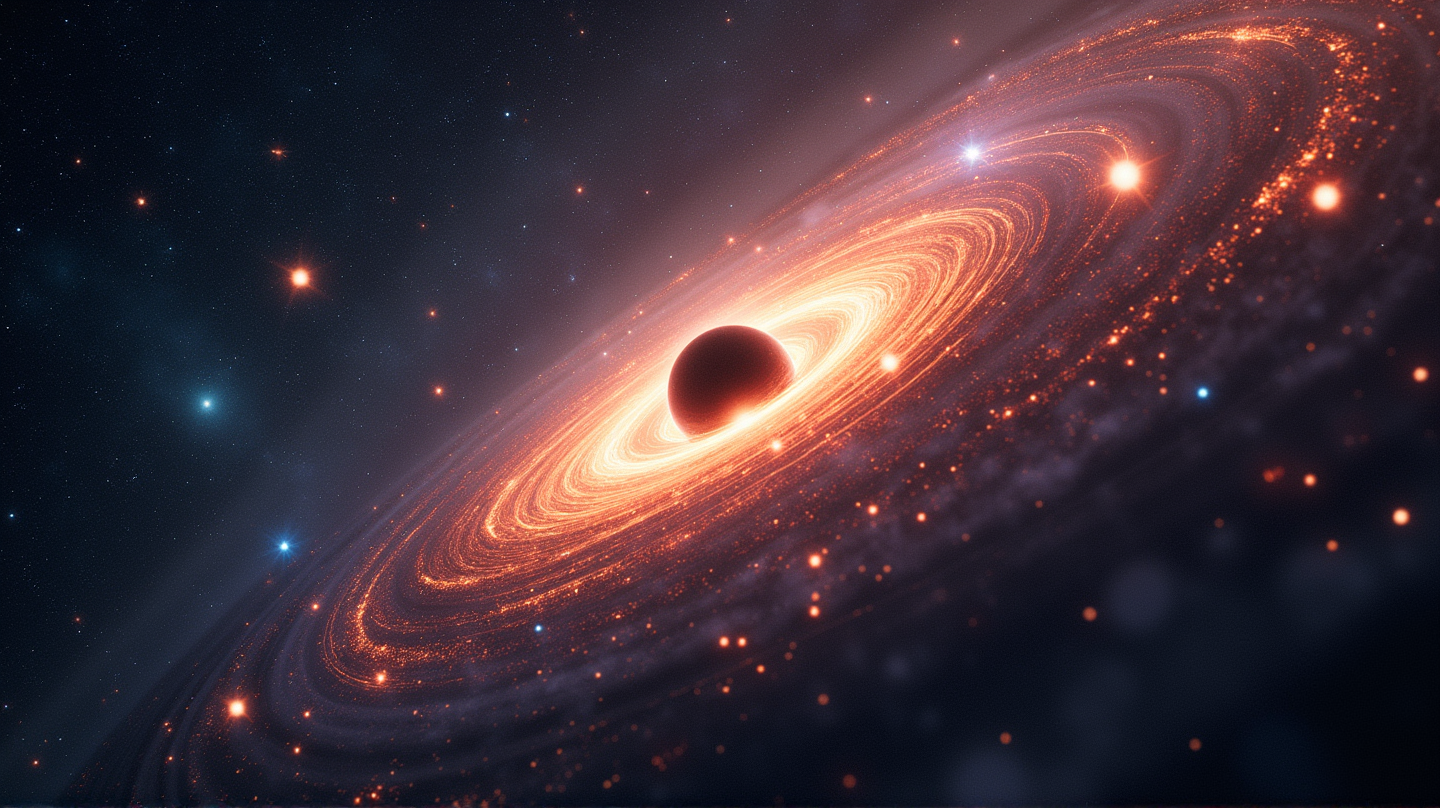The Unraveling Mystery of the 'Impossible' Black Hole Merger
Explore the groundbreaking findings on the unanticipated merger of black holes, challenging existing astrophysical theories.

In the vast cosmos, mysteries often reside in the whispers of celestial bodies echoing through time and space. A recent study by astronomers from the Center for Computational Astrophysics (CAA) at the Flatiron Institute is shedding light on one such enigma: the merger of two black holes, a cosmic dance believed to be impossible under current astrophysical principles.
An Unforeseen Encounter
In 2023, the remarkable LIGO-Virgo-KAGRA collaboration brought to light gravitational waves originating from 7 billion light-years away. The spectacle left scientists awestruck, presenting black holes of 140 and 100 solar masses spinning near the speed of light—an occurrence that defies expectation, particularly at this mass range.
Challenging Existing Paradigms
Conventionally, stars with a mass range that leads to a pair-instability supernova would, theoretically, leave nothing but cosmic remnants in their wake. Ore Gottlieb, an astrophysicist at CCA, underscores the peculiarity: “The existence of black holes within this mass range is startling and contradicts existing models.”
Exploring the Impact of Rotational Forces
The key to understanding this anomaly lies in rotation. Simulations depicted that a fast-spinning star, shrinking to 150 times the Sun’s mass, could alter its fate and that of its remnants—given the presence of robust magnetic fields. When these forces interact, they disrupt the gravitational pull on the star’s core, enabling debris to escape at high velocities.
Magnetic Fields: The Cosmic Sculptors
The role of magnetic fields becomes pivotal. They exert pressure that ejects considerable portions of the stellar mass away from the black hole. The phenomenon observed in the GW231123 event illustrates how intricate cosmic ballet might leave behind a black hole with unforeseen attributes.
The Implications for Astrophysics
These revelations invite the scientific community to reassess preconceived notions about stellar life cycles. The complex interplay of rotation, mass, and magnetic fields unlocks potential explanations for similar astronomical phenomena, redefining the boundaries of celestial science.
As stated in Universe Space Tech, the intricate details of these cosmic events unravel more than just the mystery of black hole mergers; they propel our understanding of the universe into new dimensions.
In a universe teeming with enigmas, each discovery is a reminder of the boundless secrets yet to be unveiled—promising a future where today’s theories evolve through the next chapters written by stars themselves.

